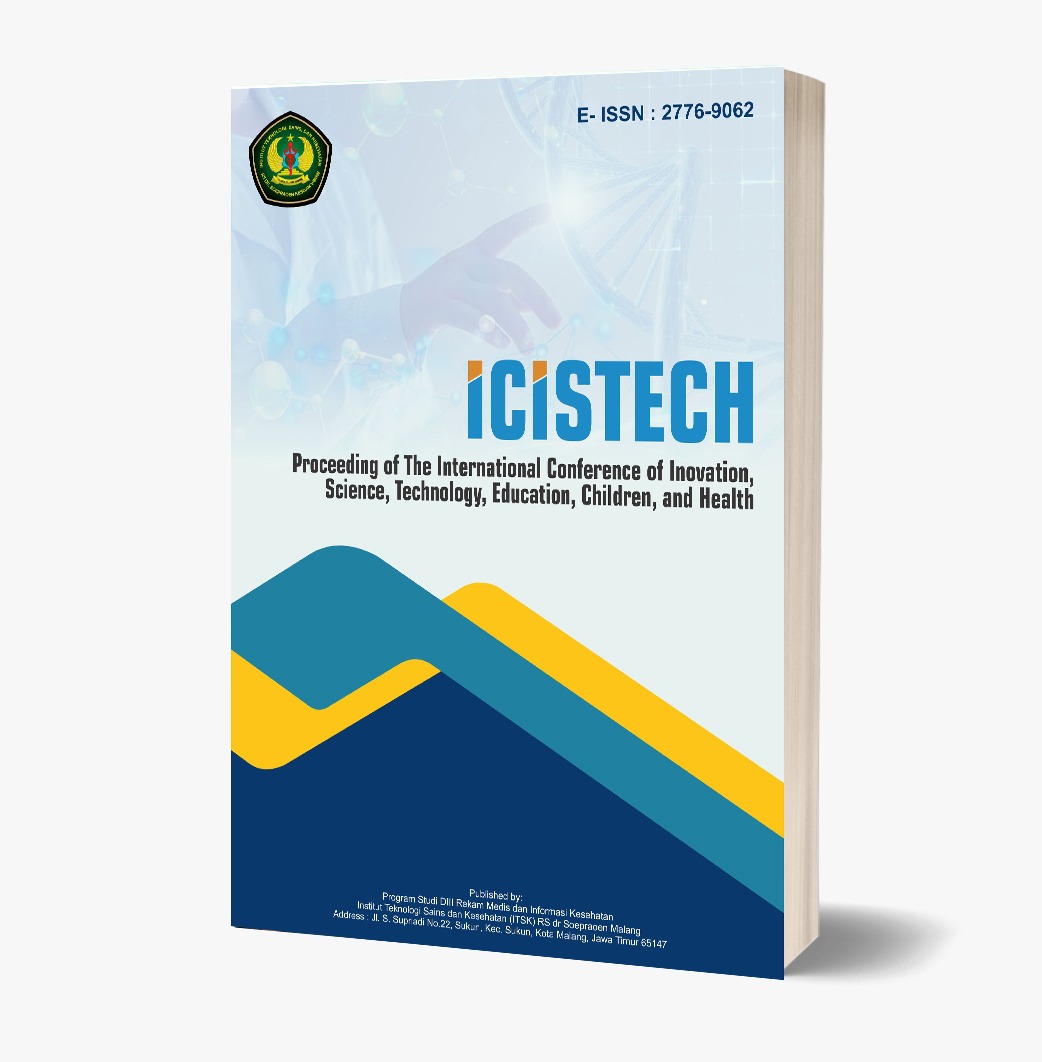Sustainability In NFT: Discrepancies Between The Discussion and Actualization Of Environmental Friendly NFT
DOI:
https://doi.org/10.62951/icistech.v4i2.84Keywords:
NFT, Environmental Sustainability, Proof of Stake, Carbon emissionAbstract
As the globe faces difficulties in 2019, NFT grew popular in making, buying, selling, and trading more efficient while lowering the possibility of fraud. [1] This study aims to examine the claims made in academic literature regarding the sustainability of non-fungible tokens for the environment. Despite the growth of NFTs in 2019, the environmental impact of this technology has received little attention. Using a qualitative exploratory approach, this research analyzes relevant academic journals to understand the theoretical sustainability of NFTs and how that aligns, or fails to align, with the reality. The goal is to raise awareness about the environmental implications of NFTs and provide a critical assessment of the existing claims surrounding their sustainability.
References
Beeple JPG file sells for $69 million, setting crypto art record. (2021, March 11). Retrieved from https://www.npr.org/2021/03/11/976141522/beeple-jpgfile-sells-for-69-million-setting-crypto-artrecord?t=1616152460706
CCAF Bitcoin Electricity Consumption Index. (n.d.). Retrieved from https://ccaf.io/cbnsi/cbeci
Electricity consumption by country. (n.d.). Retrieved from https://worldpopulationreview.com/country-rankings/electricity-consumption-by-country
Ethereum cryptocurrency merge energy and emissions. (2022, September 15). Retrieved from https://www.theverge.com/2022/9/15/23354619/ethereum-cryptocurrency-merge-energy-electricity-greenhouse-gas-emissions-reduction
Franceschet, M., Colavizza, G., Smith, T., Finucane, B., Ostachowski, M. L., Scalet, S., et al. (2021). Crypto art: A decentralized view. Leonardo, 54(4), 402–405. https://doi.org/10.1162/leon_a_02003
Lacey, R. (2023, September 18). Eco-friendly cryptocurrencies: Everything you need to know. The Times. https://www.thetimes.co.uk/money-mentor/article/eco-friendly-cryptocurrencies/#Is-there-an-environmentally-friendly-crypto
Lal, A., & You, F. (2023). Climate concerns and the future of nonfungible tokens: Leveraging environmental benefits of the Ethereum Merge. Proceedings of the National Academy of Sciences, 120(29), e2303109120. https://doi.org/10.1073/pnas.2303109120
Li, A., Wei, X., & He, Z. (2020). Robust proof of stake: A new consensus protocol for sustainable blockchain systems. Sustainability, 12(7), 2824. https://doi.org/10.3390/su12072824
Non-fungible tokens: A beginner's guide. (n.d.). Retrieved from https://www.investopedia.com/non-fungible-tokens-nft-5115211
Price of Bitcoin and Ethereum mining. (n.d.). Retrieved from https://communications.pasenategop.com/wp-content/uploads/sites/15/2022/06/price.pdf
Razi, Q., Devrani, A., Abhyankar, H., Chalapathi, G. S. S., Hassija, V., & Guizani, M. (2023). Non-fungible tokens (NFTs): Survey of current applications, evolution, and future directions. IEEE Open Journal of the Communications Society.
Tian, Z. (2023, September). Post-merge carbon footprint analysis and sustai nability in the NFT Art Market. Arts, 12(5), 211. https://doi.org/10.3390/arts12050211
Truby, J., Brown, R., Dahdal, A., & Ibrahim, I. (2022). Blockchain, climate damage, and death: Policy interventions to reduce the carbon emissions, mortality, and net-zero implications of non-fungible tokens and Bitcoin. Energy Research & Social Science, 88, 102499. https://doi.org/10.1016/j.erss.2022.102499
Wang, J. (2013). Citation time window choice for research impact evaluation. Scientometrics, 94(3), 851–872. https://doi.org/10.1007/s11192-012-0775-9
What is Bitcoin mining?. (n.d.). Retrieved from https://www.toptal.com/finance/blockchain/what-is-bitcoin-mining#:~:text=The%20fact%20is%20that%20even,about%20900%20kWh%20per% 20month
Why blockchain, NFTs, and Web3 have a sustainability problem. (2023, January 13). Retrieved from https://www.forbes.com/sites/bernardmarr/2023/01/13/why-blockchain-nfts-and-web3-have-a-sustainability-problem/?sh=2e6d66e65b0b
World Wildlife Fund NFT: Polygon Layer 2 blockchain, energy, emissions. (2022, February 8). Retrieved from https://www.theverge.com/2022/2/8/22923530/world-wildlife-fund-nft-polygon-layer-2-blockchain-energy-emissions
Žukauskas, P., Vveinhardt, J., & Andriukaitienė, R. (2018). Exploratory research. In Management Culture and Corporate Social Responsibility. https://doi.org/10.5772/intechopen.70631
Downloads
Published
How to Cite
Issue
Section
License
Copyright (c) 2024 Proceeding of The International Conference of Inovation, Science, Technology, Education, Children, and Health

This work is licensed under a Creative Commons Attribution-ShareAlike 4.0 International License.













